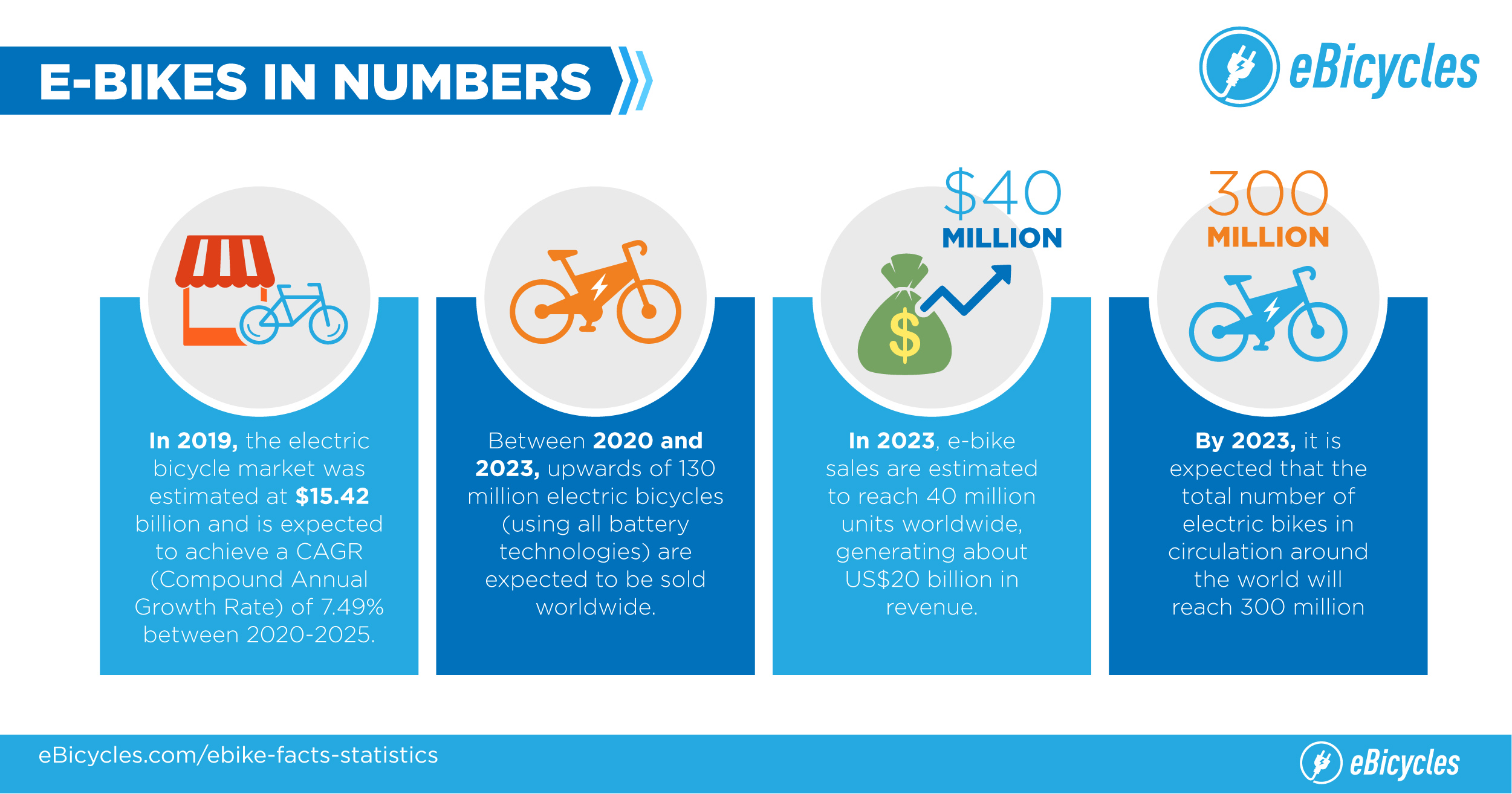Crucial Insights Right Into E-Bike Regulations And Rules For Beginners In Your City
Crucial Insights Right Into E-Bike Regulations And Rules For Beginners In Your City
Blog Article
Write-Up By-Mckee Rose
Prior to you get on your e-bike and struck the streets, it's critical to understand the legislations and guidelines that regulate your city. From rate limitations to assigned riding locations, there's a whole lot to consider to guarantee you're certified and risk-free. By familiarizing on your own with the guidelines specific to e-bikes, you'll be much better equipped to enjoy your rides without any unforeseen legal issues. Keep tuned to find key understandings that will certainly assist you navigate the e-bike landscape in your city flawlessly.
Comprehending E-Bike Category
When it concerns browsing the realm of e-bike laws and guidelines, a crucial beginning factor is comprehending the classification system that classifies these electric bikes. E-bikes are commonly identified into three primary categories: Course 1, Class 2, and Course 3.
Course 1 e-bikes are pedal-assist only, indicating they supply aid while the rider is pedaling and have a maximum speed of 20 mph. These bikes are allowed locations where conventional bicycles are permitted.
Course 2 e-bikes are furnished with a throttle that can push the bike without pedaling. They additionally have a maximum speed of 20 miles per hour and appropriate for bikers that might require assistance without pedaling constantly.
Click That Link -bikes resemble Class 1 however with a greater maximum speed of 28 mph. These bikes are typically restricted from certain bike paths or routes as a result of their higher speeds.
Recognizing these categories is essential for adhering to local policies and guaranteeing a secure and enjoyable e-biking experience.
Browsing Speed Limitations and Constraints
To efficiently navigate e-bike regulations and policies, it's critical to comprehend the speed restrictions and constraints that put on different courses of electric bikes.
Speed restrictions for e-bikes differ depending on the category of the bike. Course 1 e-bikes, which are pedal-assist just and have a maximum speed of 20 mph, are commonly permitted on bike lanes and courses.
Course 2 e-bikes, which have a throttle in addition to pedal-assist and also reach speeds of up to 20 mph, might be limited in certain locations where motorized vehicles aren't permitted.
surf bike -bikes, with pedal-assist approximately 28 mph, are typically called for to follow the exact same policies as traditional bicycles.
It is essential to adhere to these rate limitations and constraints to guarantee your safety and security and the safety and security of others on the road. Before riding your e-bike, familiarize on your own with the specific laws in your city to prevent any kind of possible fines or legal concerns.
Where to Trip Your E-Bike
To determine where you can ride your e-bike, it's important to be aware of the laws and guidelines details to your area. In the majority of locations, e-bikes are normally allowed on roadways and streets where conventional bikes are allowed. This may include bike lanes, bike courses, and shared roads. However, it's critical to inspect neighborhood laws as some cities may have particular limitations on where e-bikes can be ridden.
When riding your e-bike, always focus on security by following web traffic policies and respecting pedestrian walkways. Furthermore, bear in mind any kind of assigned bike lanes or courses in your location and use them whenever feasible to make certain a smoother and much safer adventure.
Some cities also have guidelines regarding e-bike usage on pathways, so ensure to familiarize on your own with these regulations to stay clear of any kind of penalties or charges.
Final thought
Now that you recognize with the laws and regulations bordering e-bikes in your city, you can confidently hit the trail recognizing where you can ride and what limitations put on your e-bike classification. Remember to constantly prioritize safety and security and comply with the rules to make sure a smooth and legal experience. Happy riding!
